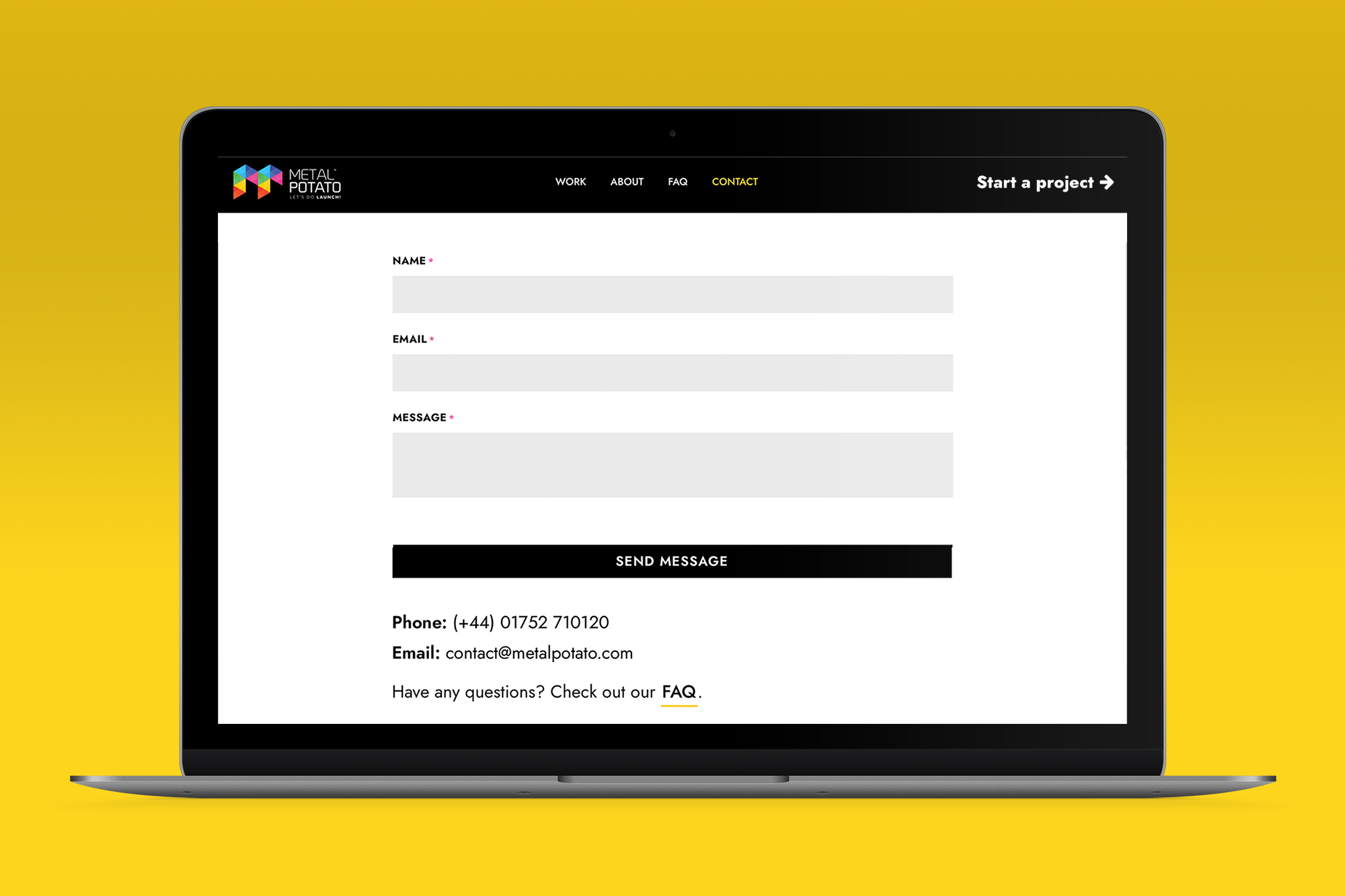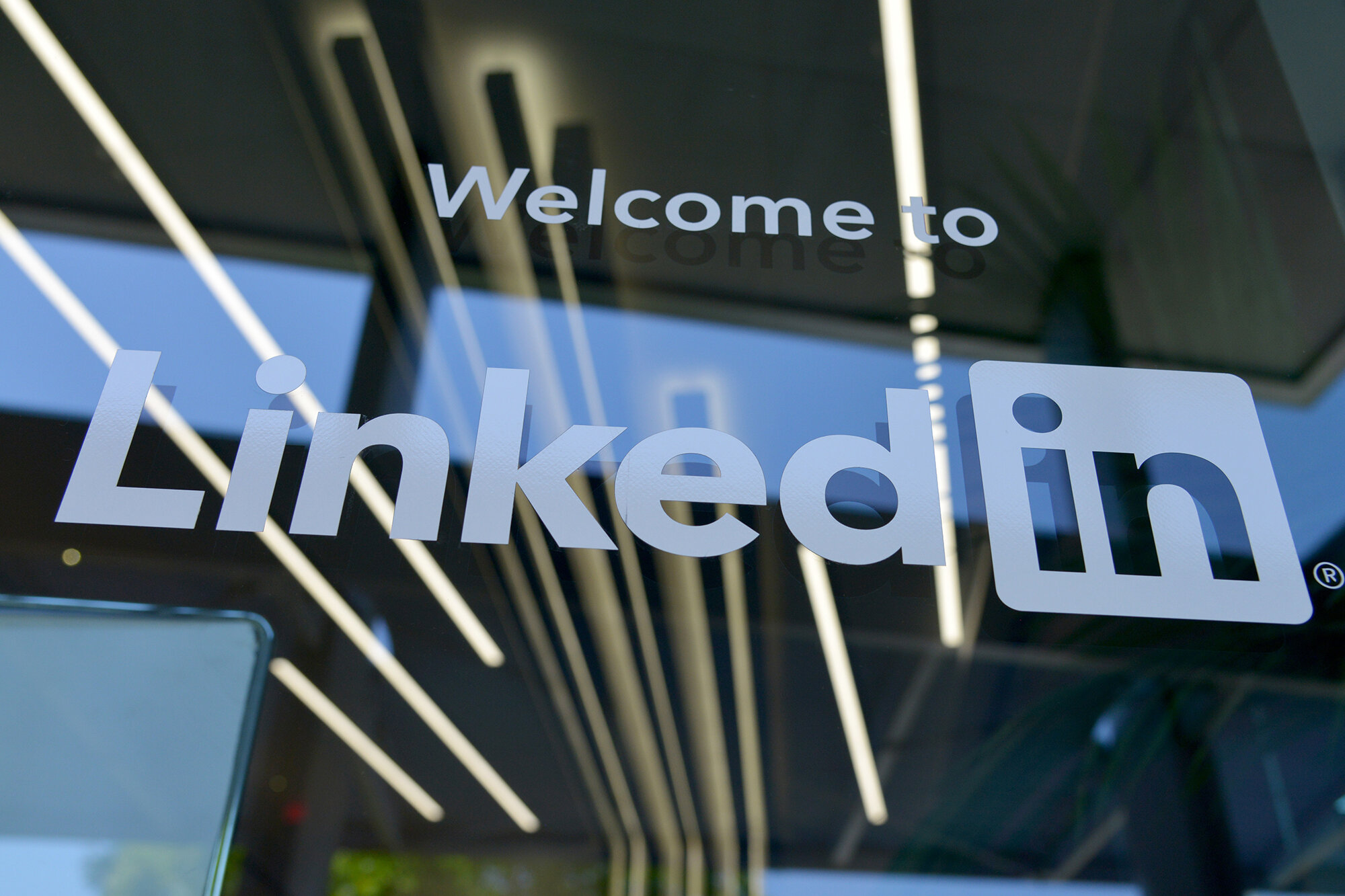In today’s fast-paced technological world It’s crucial to make a great first impression, but as web design trends and technology continue to evolve, it’s easy for websites to become less effective and outdated. How do you know if your website needs a makeover?
Let’s explore six signs that indicate it’s time to redesign your website. From high bounce rates to poor search engine rankings, we’ll discuss the key indicators that your website may not be performing to its full potential.
By paying attention to these signs, you can ensure that your website stays up-to-date and continues to attract and engage your target audience. So, let’s dive in and discover if your website is due for a makeover.
#1: High bounce rates and low engagement
One of the most significant indicators that it’s time to redesign your website is high bounce rates and low engagement. Bounce rate refers to the percentage of visitors who leave your website after viewing only one page. A high bounce rate indicates that visitors are not engaged with your website’s content, design, or user experience. Low engagement is another sign that visitors are not interested in your website.
According to a study by Chartbeat, engagement time on a website is only 15 seconds on average. If your website fails to capture the visitor’s attention in this time, they are likely to leave.
There are several reasons why your website may have high bounce rates and low engagement. One reason could be that the website’s design is outdated and unappealing to visitors. Another reason could be that the website’s content is not relevant or engaging for your target audience. In either case, it’s essential to redesign your website to make it more engaging and appealing to visitors.
To reduce bounce rates and increase engagement, you should consider redesigning your website’s layout, including its colour scheme, typography, and overall design. You should also consider updating your website’s content to make it more relevant and engaging. Another important factor that can help reduce bounce rates and increase engagement is the website’s loading speed. A slow website can cause visitors to lose interest and leave, so it’s crucial to ensure that your website’s loading speed is optimised.
#2: Outdated design and poor user experience
Another significant indicator that your website needs a redesign is outdated design and poor user experience. Your website’s design is the first impression that visitors have of your brand, so it’s essential to make it count. An outdated design can make your website look unprofessional and untrustworthy, leading to visitors leaving your website without engaging with your content.
Poor user experience can also lead to visitors leaving your website. If visitors struggle to find the information they need, they are likely to leave and look for an alternative website.
When redesigning your website, you should consider the user experience and ensure that your website is easy to navigate. You should also consider the website’s design, including its colour scheme, typography, and overall layout. A professional web designer can help you create a website design that is modern, professional, and appealing to your target audience.
#3: Slow loading speed
A slow-loading website can be frustrating for visitors and can result in high bounce rates and low engagement. According to research by Google, 53% of mobile users will abandon a website if it takes more than three seconds to load. Slow loading speed can also affect your website’s search engine rankings, as Google considers loading speed a ranking factor.
To improve your website’s loading speed, you should consider a website redesign. A web designer can help you optimise your website’s loading speed by reducing the file size of images and videos, minimising HTTP requests, and using caching to speed up page load times.
#4: Not optimised for mobile devices
Having a website that is optimised for mobile devices is crucial in today’s world, which is increasingly centered around mobile technology. More than half of all internet traffic comes from mobile devices, and failure to optimise your website for such devices could result in losing potential customers.
To ensure that your website is optimised for mobile devices, you should consider a website redesign. A web designer can help you create a website that is responsive and mobile-friendly, ensuring that your website looks great and functions well on all devices.
#5: Poor search engine rankings
Search engine optimisation (SEO) is crucial for any website that wants to attract organic traffic from search engines. A web designer can help you optimise your website’s structure, content, and code to improve its SEO. They can also help you create an SEO strategy that will help your website rank higher in SERPs.
#6: Inability to meet business goals
Ultimately, the purpose of your website is to help you achieve your business goals. If your website is not helping you achieve your goals, it’s a sign that your website needs a redesign. A web designer can help you create a website that is tailored to your business goals, ensuring that your website is helping you achieve success.
Hiring a professional web designer vs. DIY website redesign
When it comes to website redesign, you have two options: hire a professional web designer or do it yourself (DIY). While DIY website redesign may seem like a cost-effective option, it can result in a website that is unprofessional and ineffective.
Hiring a professional web designer has several benefits, including:
- Experience – A professional web designer has the experience and expertise to create a website that is tailored to your business goals and target audience.
- Customisation – A professional web designer can customise your website to ensure that it meets your specific needs and goals.
- Quality – A professional web designer can create a high-quality website that is visually appealing, user-friendly, and optimised for search engines.
- Support – A professional web designer can provide ongoing support to ensure that your website continues to perform well and meet your business goals.
Tips for a successful website redesign
Here are some tips to ensure that your website redesign is successful:
- Define your goals – Define your website’s goals and ensure that your redesign aligns with these goals.
- Analyse your audience – Analyse your target audience to ensure that your redesign meets their needs and expectations.
- Develop a content strategy – Develop a content strategy that aligns with your business goals and target audience.
- Plan your website’s structure and design – Plan your website’s structure and design to ensure that it is visually appealing and easy to navigate.
- Optimise for search engines – Ensure that your website is optimised for search engines to attract organic traffic.
- Test and iterate – Test your website to ensure that it is functioning correctly and meeting your goals. Iterate and make changes as necessary.
How Metal Potato can help
A website redesign may be necessary if your website is experiencing high bounce rates, low engagement, slow loading speed, poor search engine rankings, and an inability to meet business goals. Before redesigning your website, it’s essential to define your goals, analyse your current website and competition, develop a content strategy, and plan your website’s structure and design.
At Metal Potato, we provide professional website design and redesign services to help businesses achieve their goals. Our team of experienced web designers can create a website that is tailored to your business goals and target audience. We also provide ongoing support to ensure that your website continues to perform well and meet your business goals.
Contact us today to learn more about our services and how we can help you to succeed online.
Let's make a website!
Book a FREE video call to discuss your business, project strategy, and more!
"*" indicates required fields
More from Metal Potato
Contact Page Design: A Blueprint for Success
Learn how to optimise your contact page for better engagement and conversions with expert tips and inspiring examples.
Can Apple Vision Pro Revolutionise Computing?
Discover the Apple Vision Pro: a mixed-reality headset set to redefine computing, work, entertainment, and education.
How to Choose the Perfect Typography for Your Website
Master the art of web typography... from font selection to readability, create a visually stunning and user-friendly website.
The Power of WordPress for Small Businesses
Build a strong online presence for your small business with WordPress! It's easy to use, SEO-friendly, and very cost-effective.
Celebrating 40 Years of the Apple Mac
Explore 40 years of Mac evolution! Celebrating Apple's iconic computer and its impact on design, technology, and creativity.
Why LinkedIn Should Be Your Top Priority
Maximise career growth with LinkedIn's powerful benefits! Unlock networking opportunities, connect and build your personal brand.






